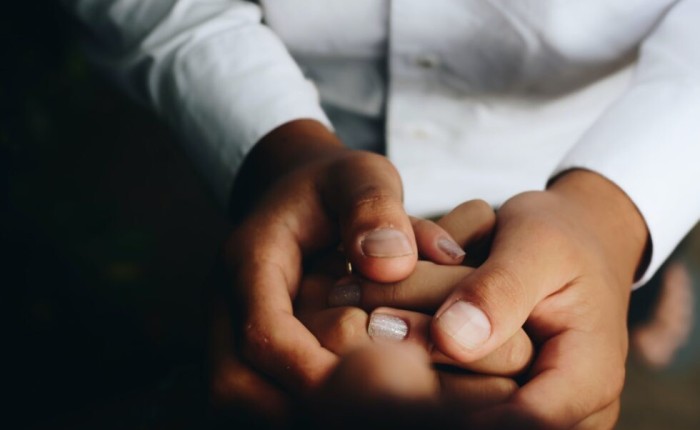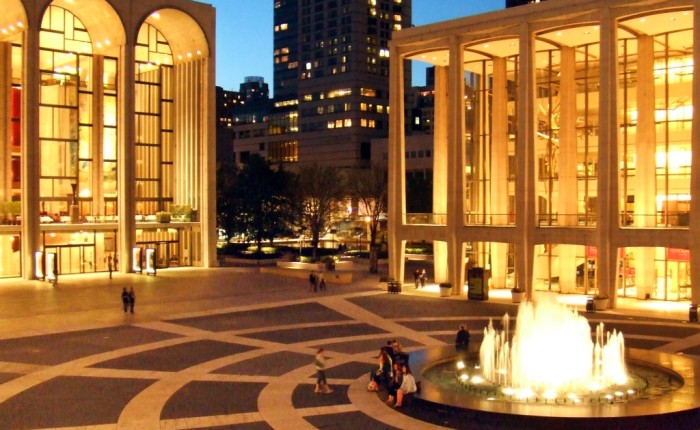On January 11, 2021, Selfhelp celebrated its 85th anniversary.
It’s a milestone worth celebrating. When Selfhelp first took root in 1936, it was a grassroots effort — a small group of German refugees who were determined to support and protect fellow émigrés who managed to make it to New York. It was a time of unprecedented crisis; World War II was visible on the horizon and anti-Semitism smoldered across much of Europe. Fear of Nazi persecution drove Jews from their homes and families. But despite the overwhelming uncertainty they faced, many were able to find supportive communities on new shores thanks to organizations like Selfhelp, who stepped up when few others would.
Selfhelp’s mission has long had personal significance for me, which is why it means so much to be able to celebrate the organization’s 85th anniversary. I am a daughter of Holocaust survivors; I have seen firsthand how difficult it can be to age without a well-rooted family network in place to support you. Selfhelp’s supportive services are invaluable for those who are isolated, alone, and uprooted from their family’s homes. The support, love, and care — it means the world, especially during times such as these.
Covid-19 was a shock to all of us. No one expected a global pandemic to disrupt our lives so thoroughly, nor put the lives of our eldest and most vulnerable at risk. Selfhelp worked overtime to protect Holocaust survivors and fragile seniors from the risks of the pandemic. It provided one-month stipends for rent relief, purchased life-saving PPE for healthcare workers, and offered caretakers access to alternative forms of transportation and payments for childcare.
In 2020 alone, Selfhelp served 5,384 Holocaust survivors, provided housing to 1,480 seniors, distributed 2,328,360 PPE items from the Benjamin Rosenthal-Prince Street Innovative Senior Center, offered 3,828 classes via its Virtual Senior Center, and saw a 100% increase in Virtual Senior Center enrollment.
The organization further introduced the Melamid Institute for Affordable Housing, which now seeks to increase the availability of affordable senior housing. As Selfhelp organizers recently described in their 2020 retrospective, “The Institute will support the development of new housing, provide enhancements to our current buildings, ensure that that SHASAM services (Selfhelp Active Services for Aging Model) continue to help our residents live independently with dignity, and advocate for investments in housing with services.”
Beyond those accomplishments, Selfhelp has also expanded its efforts to promote Holocaust education by launching several new initiatives. These include a live and virtual art exhibition of work created by survivors (Holocaust Educational Arts), as well as Cooking with Holocaust Survivors, a video series that follows survivors as they prepare recipes that recall memories of pre-war life.
Selfhelp’s 85th anniversary marks decades of persistence through challenging times, and reminds us of what we can achieve when we come together.
For more information on Selfhelp’s 2020 initiatives, please visit the organization’s annual report.
This article was originally published on DebrahCharatan.org





